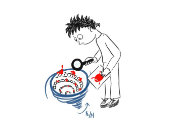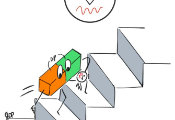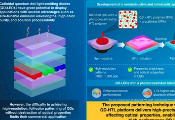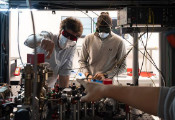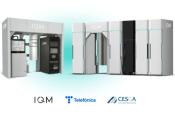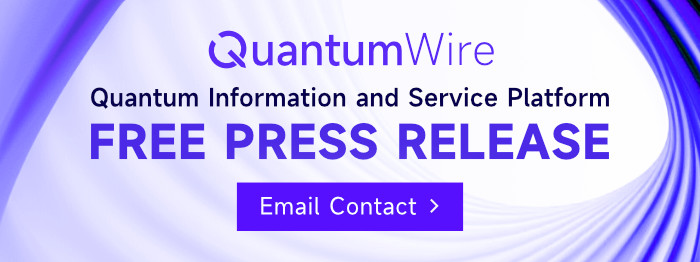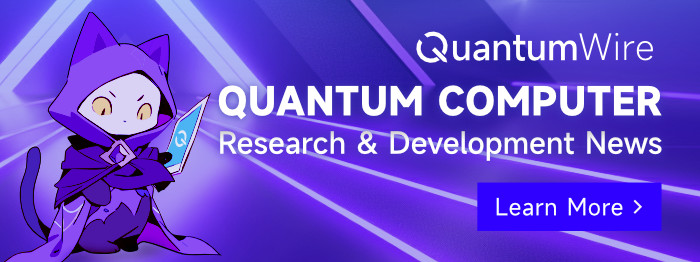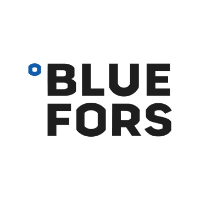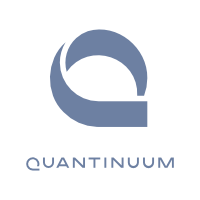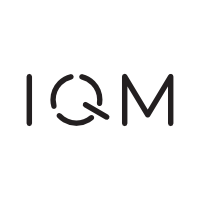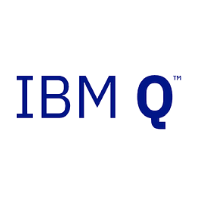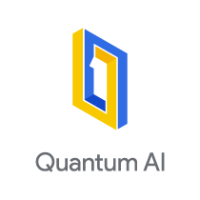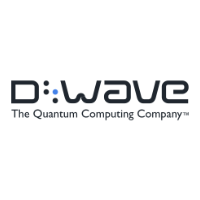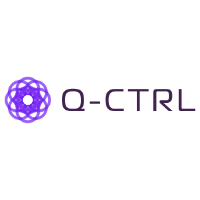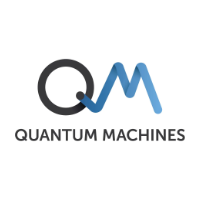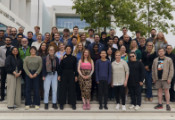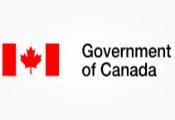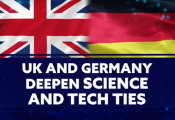IU Chemistry Professor Wins Two Major Early-Career Awards for Groundbreaking Quantum Information Sciences Research
April 29 2025 -- Philip Shushkov, Assistant Professor of Chemistry in the College of Arts and Sciences at Indiana University Bloomington, has been named a recipient of two of the nation’s most prestigious early-career science honors—the U.S. National Science Foundation Early CAREER Award and the U.S. Department of Energy’s Early Career Research Program Award.
The two highly competitive grants—announced just months apart—recognize Shushkov’s pioneering work at the intersection of chemistry and quantum science. The awards provide major funding to support his lab’s theoretical and computational research, which could one day help build ultra-sensitive sensors or pave the way for future quantum computing and communication systems.
Quantum science and computing, explained
At the heart of Shushkov’s work lies one big idea: quantum superposition. In everyday objects that we can see and touch, physical properties have definite states—like a light switch that’s either on or off. But at the quantum scale, where scientists study individual atoms and subatomic particles, these properties can exist in multiple states simultaneously. A particle like an electron can mathematically represent both clockwise and counterclockwise spin until a measurement forces it into one definite state, called wavefunction collapse.
This counterintuitive property is what makes the fundamental units of information in quantum computing—quantum bits, or “qubits,”—so powerful. While regular “classical” computer bits must be either 0 or 1, qubits can represent both values at once until observed.
This capability, combined with another quantum phenomenon called entanglement (where qubits become correlated in ways that have no classical equivalent), forms the foundation of quantum computing. These quantum systems could solve in seconds certain complex problems that would require millions of years for even the most powerful conventional computers to crack.
As one example, using a traditional computer—such as a maps app on a mobile phone—to plan a cross-country road trip you’d have to check each possible route one at a time, calculating the time for Route A, then Route B, then Route C, and so on.
But a quantum computer works like having millions of parallel universes—instead of checking one route at a time, it’s as if you could send out copies of yourself to simultaneously travel every possible path across the country. Each “you” experiences a different journey—some faster, some more scenic, some with traffic jams.
And when you need the answer, all these parallel experiences collapse into one—instantly revealing which route is optimal without having to search each one sequentially. This reflects the power of quantum superposition.
Molecules That Think Like Tiny Quantum Computers
Shushkov’s research centers around molecules that have unpaired electrons—tiny, subatomic particles that carry a property called “spin.” These spins behave like tiny magnets and can be used to store and manipulate information in a fundamentally different way than regular computers.
“In the lab, we design molecules that can act as the building blocks for quantum information processing,” Professor Shushkov explained. “The question is, what should those molecules look like so that they can reliably store and preserve quantum information?”
In practical terms, these special molecules—called molecular spin qubits—may be able to measure tiny changes in magnetic or electric fields with extreme precision, making them ideal candidates for future tools in fields like medicine, environmental science, and materials development.
One big challenge with using quantum systems is keeping the information intact. Quantum states are notoriously fragile—even tiny vibrations or interactions with nearby particles can cause information to “decohere,” or break down.
Shushkov’s lab is tackling this problem by developing mathematical models and computer simulations to understand which types of molecules are best at protecting the fragile quantum information inside.
“With the Department of Energy award, we’re studying how single molecular qubits lose their coherence,” Shushkov said. “With the NSF grant, we go one step further and look at how groups of these molecules behave when they’re arranged in patterns or networks.”
The research is also helping guide the creation of new molecules. By analyzing how different chemical structures affect quantum stability, Shushkov’s team can recommend better designs for experimental chemists to build and test.
The catch? These quantum states are incredibly fragile—like trying to keep millions of perfectly balanced spinning tops going without letting any wobble. The slightest disturbance can cause particles to “collapse” into just one state, losing all those parallel calculations.
That’s why scientists like Shushkov require specialized environments with extreme cold temperatures (colder than outer space) and perfect isolation to maintain these delicate quantum states long enough to perform useful calculations—obstacles that are difficult, and expensive, to overcome.
While Shushkov’s lab isn’t yet building full-scale quantum computers, the tools and theories they’re developing could advance the technology. In the nearer term, his work may play a bigger role in quantum sensing—using quantum effects to detect tiny changes in the environment. Such sensors could allow scientists to study single proteins, map brain activity with unprecedented resolution, or detect early-stage diseases by spotting minuscule magnetic changes.
“Before we can build new technology, we have to understand the rules that govern how quantum systems behave,” Shushkov emphasized.
With these significant grants now supporting his research, that understanding—and the revolutionary applications it might enable—are one step closer to realization.
The awards also highlight the College’s and IU’s innovations in the rapidly evolving field of quantum science and technology, highlighting the University’s contributions to what many experts consider the next technological revolution.


